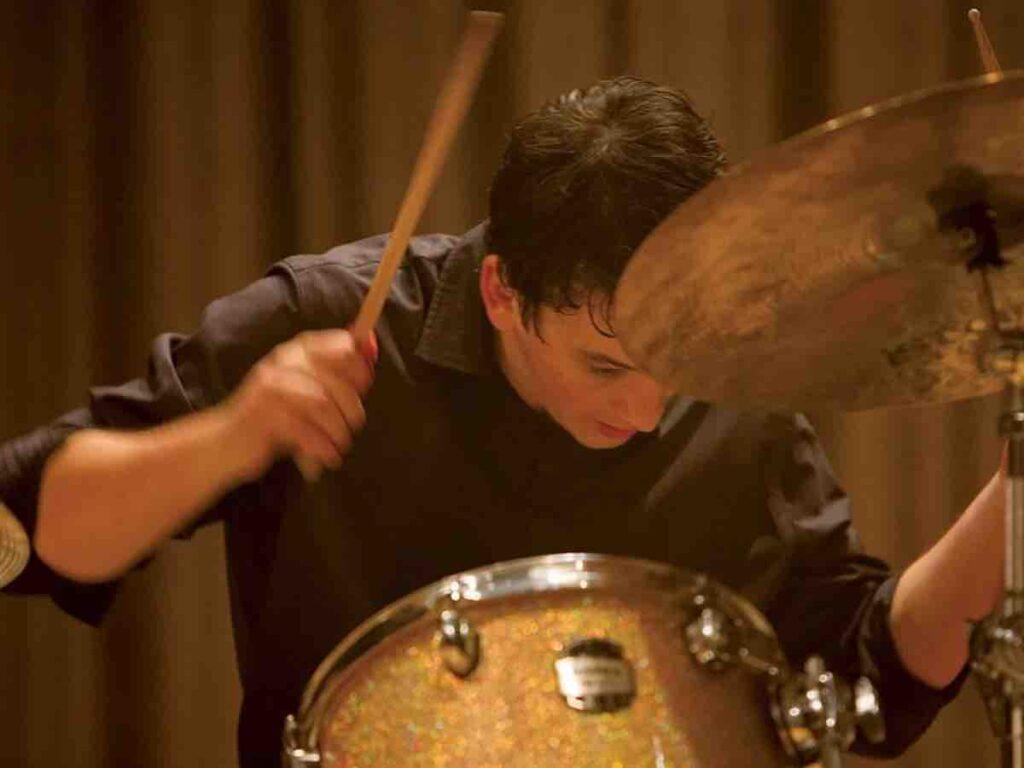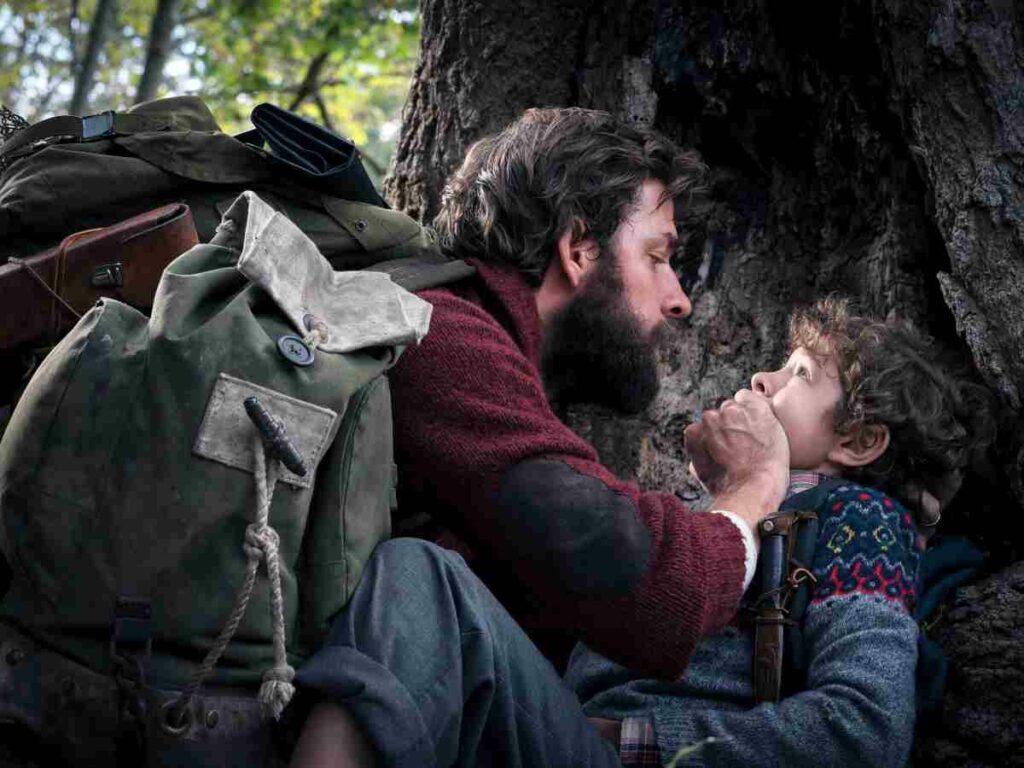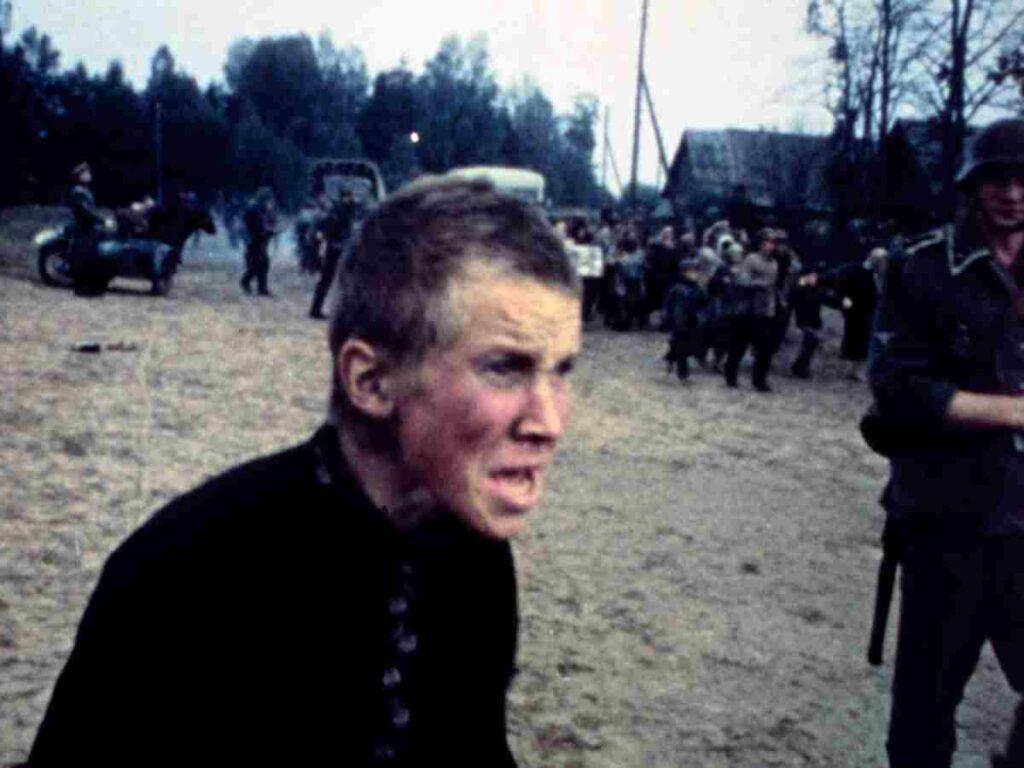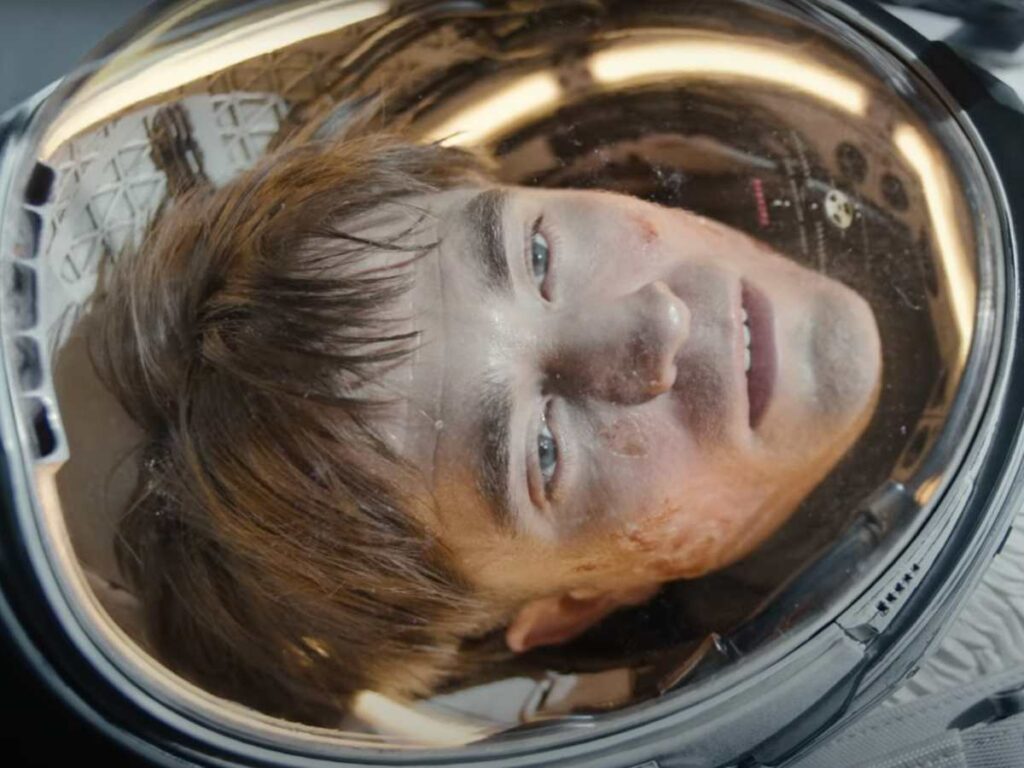The advent of digital technology, particularly in the last decade, has helped films evolve into a complex form of artistic and wildly profitable global industry. But how often do we wonder about the power these films possess to captivate our imagination and stir emotions? Was it a marvelously written script? Meticulous performances? Or the scrupulous directorial flair? All these factors could be the reason behind a film’s success. But one department whose presence hardly gets noticed in eliciting our interest while watching a film is editing. The best edited movies will always challenge our senses, emotions, and intellect. They have the ability to elicit and manipulate emotions with careful juxtaposition of visuals and sounds.
What is film editing?
Film editing is one of the creative processes of filmmaking that works in tandem with the craft and intuition of the editor. The craft is defined by the editor’s ability to join shots and produce a meaning that does not exist in either one of them individually. The intuition lies in their creative choice to side-by-side arrange one shot after the other and uniquely tell the story. During the process of shooting a film, the director and his crew members collaborate to capture the shots in a methodical but non-uniform way. The post-production of the film begins when the editor arranges these shots and brings narrative cohesion within the film.
The editor decides what we will see, when we will see it, its speed, and its pace. This is done to keep us seamlessly engaged with the universe of the film. The viewers will never know what shots were included and excluded during the process of editing a film. But what matters at the end of the day are the excellent and almost invisible cuts that hook our attention. Hence, film editing has been christened as an invisible form of art that keeps viewers glued to their seats till the end credits of a film.
Why is film editing important?
Editing plays a crucial role in continually shaping and revising our understanding and appreciation of cinema. So editing is important because it helps in establishing:
1. The space of the scene
When we are watching a film it is very important to make the audience aware of the sense of the space where the events are unfolding. Our perception of space within a shot is determined by the height, width, and depth of the frame displayed on the screen. But as the editor places one shot after the other we get an idea of the location featuring the characters and their surroundings. This process of the juxtaposition of shots gives us a clear idea of the spatiality of the film and helps us understand the milieu.
2. The on-screen time
Once the spatiality of the scene is established the audiences should now be made aware of the time or temporality of the action occurring within the scene. Temporality not only means day or night but also how the scenes are arranged and ordered to make sense of the underlying story. A scene can move backward in time, which is a flashback. Or it can move forward in time, which is flashforward. Or it can happen chronologically, where the story moves forward linearly. For example, in Alejandro González Iñárritu’s 21 Gram (2003) the plot is not arranged chronologically. The scenes move back and forth through flashbacks and flashforwards. Whereas, in Steven Knight’s Locke (2013), the plot unfolds chronologically without flashbacks and flashforwards.
3. The overall rhythm of the scene
After the time and space of a scene are established it is now important to decide upon the length of shots to establish the rhythm. The film editor achieves this by maintaining a specific duration between the subsequent shots. If the cut point between shots is slow-paced, for instance, it can generate a feeling of dread and suspense. Whereas, if the cut point between shots is fast-paced, it can breathe energy into the scene. Developing a rhythm is one of the key aspects of film editing because it helps in shaping the pace of the film. Quickly then, here’s a look at the 10 best-edited movies from Hollywood in the last decade.
1. Drive (2011)
Nicolas Winding Refn’s Drive relies on the panache of visual extravaganza, evocation of romantic longing, and brutal moments of violence. In the opening scene of the film, we get an understanding of the working method of the protagonist played by Ryan Gosling. He operates as a getaway driver for criminals residing in the city of Los Angeles. It is a chase sequence. There are no bullets being shot, vehicles exploding or cars toppling. Yet, we remain intensely involved in the proceedings.
The director and editor Mat Newman wants the audience to get involved cognitively with the chase. The scene has been edited with an unhurried pace to deliver maximum impact. The editing pattern of the scene delicately balances between the rhythm of the chase and the pacing of the action. There is a deftness in the handling of minute touches of expression to bring depth to the character.
Where to Watch: Amazon Prime US
2. Argo (2012)
In Ben Affleck’s Argo, six Americans get trapped in Tehran during the U.S. hostage crisis in 1979. To rescue the citizens of their country, CIA agent launches a dangerous operation. A team lands on the hostile soil of Iran, acting under the cover of a Hollywood producer scouting location for a science fiction film Argo. The film never gets shot but the Americans are rescued, safely. A political thriller is easy to plot relying on the crutch of chases and gunfire. But to conceive a drama built upon tension and suspense requires meticulous planning. Argo is one such exercise in style that is structured around anxiety and tension. In the following clip, Islamists attack the US Embassy in Tehran and the US staff members are taken as hostages. Luckily, six of them make a narrow escape.
Editor William Goldenberg creates the anxiousness and edginess of the scene by sustaining the tempo of the suspense throughout.
Where to Watch: YouTube/Google Play
3. Rush (2013)
A film based on the true-life rivalry of two Formula One racers James Hunt, played by Chris Hemsworth, and Niki Lauda, played by Daniel Brühl, is compelled to deliver a high-octane drama. At the same time, Ron Howard’s racing saga is also an enlivening human drama. It depicts the emotional turmoil of the characters walking a tightrope on and off the track. In the following clip, German socialite Marlene Knaus, played by Alexandra Maria Lara, is unaware of Niki’s professional life and belittles him. Both of them get a lift from two strangers because they are fans of Niki. He responds to Marlene’s teasing in this scene by unleashing the full force of his driving prowess leaving no room for ambiguity about his credentials.
The editors, Daniel Hanley and Mike Hill, begin the scene with a measured pace and then shift to fast cutting, and this brings a moment of thrill within the scene.
Watch Rush on Amazon Prime
4. Gravity (2013)
Alfonso Cuarón’s space thriller Gravity narrates the plight of Ryan Stone, played by Sandra Bullock, stranded in space after an accident. In the following two clips, Ryan makes her final attempt to reach Earth. The scene is filled with suspense and tension. As viewers, we are also worried about the plight of Ryan. We want her to successfully accomplish the most crucial mission of her life. Ryan keeps searching for the right button and keeps her eyes fixed on the countdown. The Station is bouncing over the atmosphere. One end of it is glowing more brightly and catches fire. The tide of debris is getting closer. Not far off, some pieces are already burning. But we are relieved as the metallic capsule sinks into the lake bringing Ryan to her final destination, alive.
The editing by Cuarón and Mark Sanger creates an evocative rhythm in enhancing the pace of the scene and aesthetically maintaining the unity of form and content.
Watch Gravity on Amazon Prime
5. Whiplash (2014)
In Damien Chazelle’s Whiplash, Andrew Neiman, a promising young drummer, played by Miles Teller, enrolls at a cutthroat music conservatory. Here he encounters an instructor, who will stop at nothing to compel Andrew to realize his potential to achieve his dream. In this clip, Andrew is thrilled when Terence Fletcher, played by J. K. Simmons, a famous conductor, invites him to join the conservatory’s Studio Band as a core alternate drummer. Fletcher, however, turns out to be anything but an ordinary teacher. He’s a sadistic tyrant. Each time Fletcher claps and stops Andrew‘s drumming the tension builds. It hits a peak when Fletcher whips up the chair and hurls it straight at Andrew‘s head. Andrew is startled as he experiences the manic behavior of his instructor for failing to keep time.
The editor Tom Cross brings a seamless and rhythmic flow of shots to heighten the tautness and humiliation within the scene. He won an Academy Award for best film editing that year.
Watch Whiplash on Amazon Prime
6. The Revenant (2015)
Alejandro González Iñárritu’s The Revenant is a period revenge and survival drama. Legendary frontiersman Hugh Glass, played by Leonardo DiCaprio, embarks upon a search to wreak vengeance on his former confidant John Fitzgerald, played by Tom Hardy. There’s a scene where after Hugh has witnessed the killing of Glass, he is pacified. Glass begins to tremble not from the cold, but from finally reaching the end of this journey. His eyes begin to fill with tears. He climbs labouredly up the ridge and gazes into the distance with new eyes. Like a dream his dead wife appears before him and then turns, walking away from him into the woods. As the scene fades to black we hear the breathing of Glass and bringing the film to an open ending. Because we do not know if Glass will survive his wounds.
Editor Stephen Mirrione has meticulously placed the shots to facilitate the seamless flow of images and evoke genuine emotions.
Watch The Revenant on Amazon Prime
7. Baby Driver (2017)
In Edgar Wright’s Baby Driver, a young getaway driver, Baby played by Ansel Elgort, takes part in a heist that will result in dangerous consequences. In this clip, Baby helps three individuals with a robbery. Since Baby is suffering from the clinical condition of tinnitus, he seeks the aid of music tracks to maneuver his way through the streets. This clip is completely different in its editing style when compared with the opening of Drive.
Here the editors, Paul Machliss and Jonathan Amos, are more concerned with the adrenaline rush of the chase. The shots are edited keeping in mind the fast-paced nature of the scene. The song ‘Bellbottoms’ by the Jon Spencer Blues Explosion weaves effortlessly with the soundtrack and escalates our anticipation. As Baby‘s car sails into busy traffic, the blasting of the track builds into speed and energy. The edit patterns sculpt one of the most powerful chase sequences of the last decade.
Where to Watch: Netflix
8. Green Book (2018)
In Peter Farrelly’s Green Book, Tony ‘Lip’ Vallelonga, played by Viggo Mortensen, who takes on the responsibility of driving the African-American classical pianist Don Shirley, played by Mahershala Ali, for a concert tour into the Deep South states. In this clip, Tony meets Shirley for the first time. Shirley enters in traditional African robe, jewelry and sits on a throne. He asks Lip about his experience and informs him about his intention behind the meeting. Shirley emphasizes: “Do you foresee any issues working for a black man?” Lip replies, “Just had a couple colored guys over the house. For drinks.” But Shirley wants Lip to function as a valet rather than just a driver. To which Lip counters, “I’m not shining nobody’s shoes”. The interview ends on a bitter note.
Editor Patrick J. Don Vito allows the dialogue to propel the scene allowing for the conversation to move the story without adding in any unnecessary cuts in what could have been easily manipulated.
9. Joker (2019)
Todd Phillips’ Joker tells the story of Arthur Fleck, played by Joaquin Phoenix, who turns to violence after feeling unfairly outcast by society. In this clip, Arthur visits the Department of Health for counseling. The scene begins with a close shot of Arthur trying to keep his laughter under control. But he’s unable to, because of a neurological disorder. We are later introduced to a social worker, sitting behind her desk across him. Hence, this is an interesting example to establish the spatiality of a scene with a surprise through creative arrangement of shots. She is waiting for Aurthur’s laughing fit to end. The expression on her face indicates that she’s been through this before. As the conversation between both of them begins we get an understanding of Arthur’s psychological state and empathize with him.
WATCH: Who is Joaquin Phoenix, really?
Jeff Groth’s fluent and flowing editing style hooks and engages our interest in the protagonist.
Where to Watch: Netflix
10. Ford v Ferrari (2019)
James Mangold’s sports drama Ford V Ferrari narrates the story of American car designer Carroll Shelby, played by Matt Damon, and driver Ken Miles, played by Christian Bale, as they battle corporate interference to build a revolutionary race car for Ford. Their purpose is to defeat Ferrari at the 24 Hours of Le Mans in 1966. In this clip, Shelby has invited Henry Ford II for a ride in the GT-40. As the vehicle hits the runway track, it scares the daylights out of Henry Ford II. The editors, Michael McCusker and Andrew Buckland, employ a fast cutting style to accentuate the effect of the breakneck speed. And when the vehicle skids to a stop on the tarmac, we hold on to the shot of Henry Ford II crying profusely.
The style of edit in the scene has maintained the required unity of form and content by putting images and soundtracks in perfect harmony and rhythm.
Where to Watch: Hotstar




